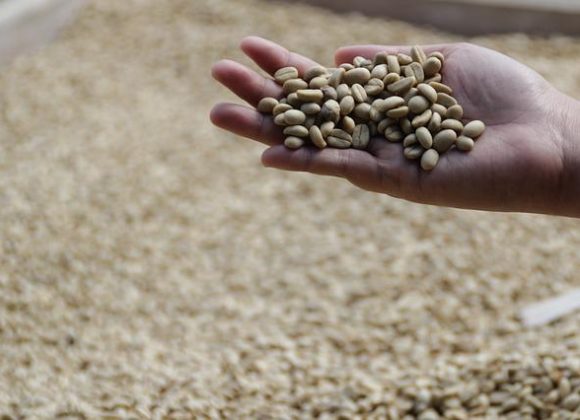Have you ever wondered why coffee is often referred to as Java? Well, let us tell you a story about how coffee and a small island in Asia became eternally entwined.

Coffee’s Early Rise
To fully understand how Java coffee came to be, we have to go back all the way to the middle of the 16th century. Back then, the entirety of what today is called the Middle East was controlled by the Ottoman Empire. Their key position in the middle of Europe and Asia means that they have immense influence over the trade and transport of goods, including coffee.
Fun Fact: The Ottomans cultivated coffee all over Arabia, especially in Yemen, which gave rise to the name “Arabica Coffee”.
Coffee was originally monopolised by the Ottomans. They were the only ones who were allowed to grow, harvest, and export coffee plants. The export of coffee seedlings was completely banned. But just like with any profitable industry, other people will find a way to compete.
The Dutch East India Company
The Dutch East India Company, a soon – to – be multinational corporation headquartered in the Netherlands, was just a small company back in the early 1600s. They had just started establishing colonies in Asia, including India and Indonesia.
One of their earliest ventures was in the coffee trade, where they eluded the Ottoman bans and smuggled fertile coffee seeds outside of the Arab Peninsula.
These coffee seeds would find their way to India where the company attempted to start a coffee plantation, which failed due to India’s unsuitable climate. They also tried to establish a plantation in Sri Lanka, with a small degree of success, but the plantation was not profitable.
After taking control of the Indonesian island of Java in the late 1600s, they finally found a place that was suitable for coffee cultivation.
Growing Coffee On The Island Of Java
There are 2 main reasons why the Dutch East Indies Company sought to gain control over Java: to profit from its lucrative spice trade and its great climate that was suitable for agriculture.
During this period, local farmers were forced to grow commodity crops that were wanted globally, including coffee and sugar cane, rather than grow staple crops such as rice. Despite the plight of the local population, trading high demand commodity crops was very attractive for the Dutch since it brought them immense wealth and influence.
Coffee especially became a major product that was exported to all corners of the globe and one of the most important crops they grew. As the coffee trade grew, they started to establish more plantations in Indonesia, especially on the islands of Sumatra and the Celebes. However, since coffee became popular while it was grown only on Java, it started to be called java coffee.
Even though Java is not the biggest supplier of coffee anymore, it is thanks to this island and the Dutch that coffee grew into what it is today.
Coffee Becomes A Worldwide Phenomenon
Coffee spread rapidly throughout the globe over the next few centuries. It attracted high demand in Europe and later on the Americas. Sure, the growth rate today may not be as high as it was in the 18th and 19th centuries, but the coffee industry is still highly profitable.
It is currently the second biggest commodity trade in the world, with Brazil being the biggest producer. But it is not only Brazil that cultivates coffee plants. From Ethiopia and Kenya in Africa to Costa Rica and Ecuador in the Americas, coffee plays a vital role in many countries’ economies.
There has also been a recent surge in the number of coffee aficionados. Coffee shops are starting to pop up left and right in most countries as people scramble to profit from this new trend.
However, whenever you are sipping your cup of espresso in your local coffee shop, always remember that all of this is possible due to a handful of coffee beans that were smuggled and grown in Java.





